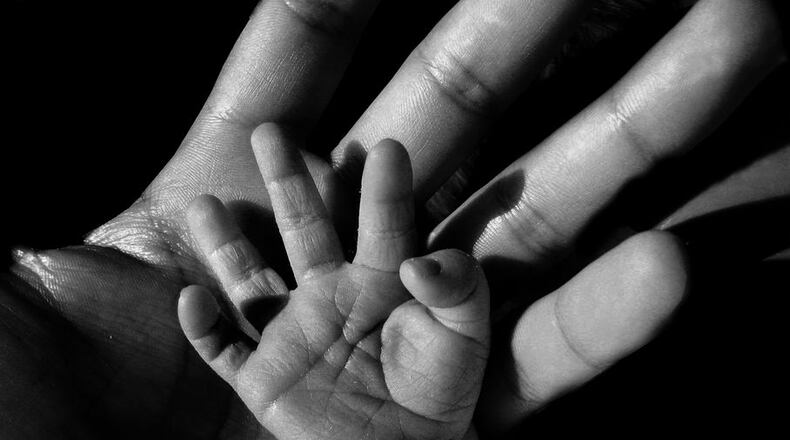“That is the goal of this, where every family will walk away with some form of actual, tangible resource, and not just a referral card,” said Charla Hale, YWCA’s Chief Strategy and JEDI (Justice, Equity, Diversity, Inclusion) Officer. “This is a community baby shower so expect to be showered with support, resources, like you would at any baby showers.”
There are also giveaways for children up to 3 years old, she said.
The Community Baby Shower is providing education and resources, which are critical in reducing Ohio’s high infant mortality rate, officials said. Hale said the infant mortality rate is a sign of the health and wellness of a community, culture and country.
This YWCA’s partner sponsors include Cleveland CLIFFS, Butler County Partnership to Reduce Infant Mortality, Leading Infant Vitality Equitably, and the Butler County Educational Service Center.
Ohio is not healthy when it comes to babies dying as “overwhelmingly the United States has some of the highest rates of infant mortality, and the highest rate of disproportionate infant mortality within communities of color,” Hale said.
In 2020, Ohio had 6.5 babies die before they turned 1 out of every 1,000 live births, according to the latest data from the U.S. Centers for Disease Control and Prevention. While Ohio has seen a steady decrease in infant mortality rates, the country’s seventh-most populous state still consistently ranks near the bottom with one of the highest rates in the country. The United Health Foundation indicates Ohio’s infant mortality rate increased in 2021 with 7.1 infants dying before the age of 1 out of 1,000 live births.
Ohio’s infant mortality report shows Black infants are nearly three times more likely to die than white infants (a rate of 14.3 compared to a rate of 5.1). Hale said in Butler County, Black and Latinx infants (15.2 per 1,000 live births) are dying at more than two times the rate of white infants (6 per 1,000 live births) despite the county seeing a decline (23.8% decrease) in infant mortality from 2012 to 2020, according to the Ohio Equity Institute Vitality annual report. In 2021, the county’s overall infant mortality rate was 8.4 per 1,000 live births, which is higher than the state rate.
Infants and mothers of color fare worse in terms of health outcomes, according to a paper published with the National Library of Medicine. This is “likely due to SDoH (social determinants of health) experienced as a result of structural racism across the life course,” according to the March 2022 paper.
Accessibility is the biggest factor in helping to reduce the infant mortality rate, which is why the Community Baby Shower is important, officials said. It provides not only education but resources for all mothers in the community.
“The biggest factor in reducing infant mortality, which we observed on the ground, is really just access,” Hale said. “Access and education for moms and families.”
At the Community Baby Shower, there will be free bus passes and transportation referrals for moms to get to medical appointments. There will also be education about safe sleep and childcare items that increase safe sleep after birth and in that first year of life.
While there are other things mothers need to address ― such as uncomfortable conversations on implicit bias and racism within the healthcare system ― longer appointment times are needed, especially when OBGYNs care for patients with different cultural backgrounds.
As providers need to be more culturally competent and patients need to listen more emphatically during prenatal appointments, appointments need to be longer than the traditional 15 minutes, officials said.
“The OB(GYN) needs to really relate to that family and to that mom, as opposed to being in and out, checking the box,” Hale said. “Let’s learn about cultural things and other things going on in your life.”
About the Author

